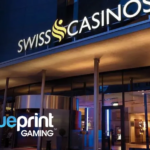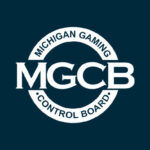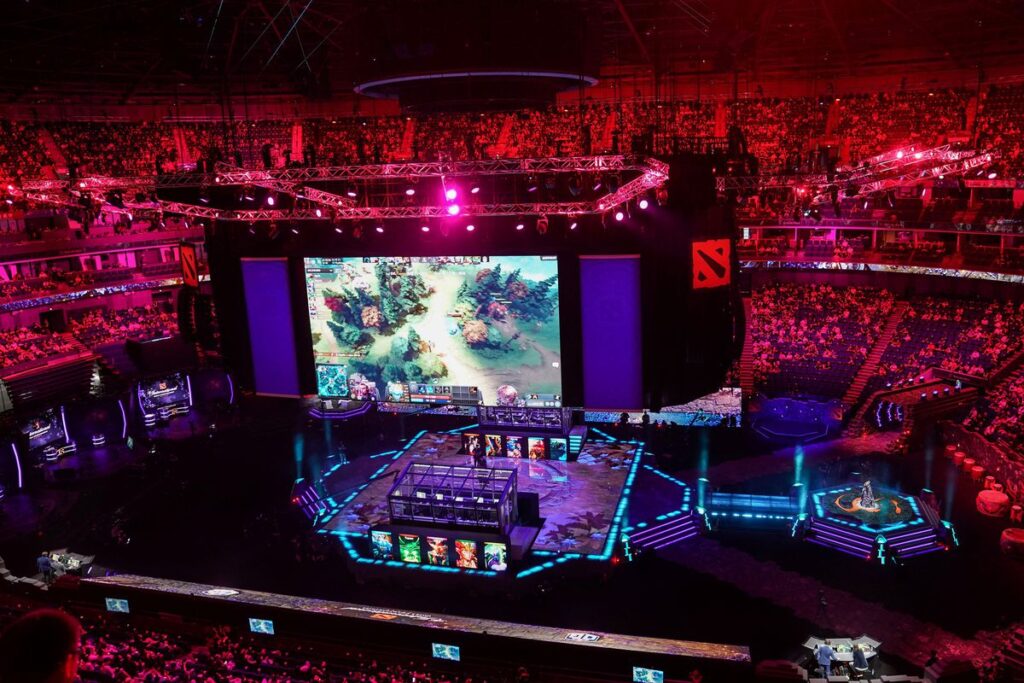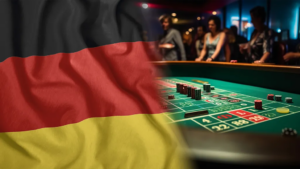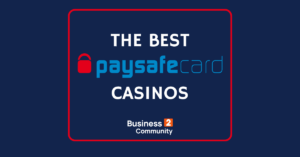Gambling Rehab Resorts Trend in Nevada: A New Approach to Recovery
Gambling involves financial risk and may not be suitable for all individuals. Gambling industry experts create our content for informational purposes only. We may receive commissions from affiliate links at no cost to you, but our reviews remain independent and unbiased. We're committed to responsible gambling practices and transparent recommendations. About Us

Nevada, the gambling capital of the U.S., is pioneering a novel approach to treating gambling addiction: luxury rehab resorts that blend high-end amenities with evidence-based therapies.
These facilities, such as The Mend in Las Vegas and the Las Vegas VA Residential Recovery and Renewal Center (LVR3), aim to address problem gambling while offering comforts reminiscent of casino resorts. This trend reflects a growing recognition of gambling addiction as a treatable disorder and aligns with Nevada’s efforts to balance its gaming economy with public health initiatives.
Key Takeaways
- Luxury gambling rehab facilities in Nevada combine evidence-based therapies with high-end resort amenities
- Holistic treatment models include cognitive behavioral therapy, mindfulness practices, and recreational activities
- Some programs feature “controlled exposure” therapy allowing supervised casino visits to build coping skills
- Success rates show 61% abstinence at 30 days post-treatment, with 41% maintaining sobriety at 12 months
- Challenges include high costs (up to $64,000 for 30-day stays) and limited capacity (427 patients annually despite 140,000 Nevadans with gambling problems)
Holistic Treatment Models
Nevada’s gambling rehab facilities have developed comprehensive treatment approaches that address the complex nature of gambling addiction. Unlike traditional rehabilitation centers, these specialized programs recognize the unique challenges faced by problem gamblers, particularly those immersed in Nevada’s casino culture.
Icarus Behavioral Health has emerged as a leader in the field, offering highly personalized treatment programs that combine evidence-based psychological interventions with complementary therapies. Their approach centers on cognitive behavioral therapy (CBT), which helps clients identify and modify the thought patterns that drive compulsive gambling behaviors.
“We’re seeing remarkable results with our integrated approach,” explains Dr. Sarah Martinez, Clinical Director at Icarus. “By combining CBT with psychodynamic therapy and mindfulness practices, we’re able to address both the immediate gambling behaviors and the underlying emotional issues that fuel addiction.”
The Icarus residential program supplements these core therapies with experiential treatments including art therapy, yoga, and equine therapy. This multifaceted approach is particularly effective for the estimated 73% of gambling addiction patients who present with co-occurring mental health conditions such as anxiety, depression, or substance use disorders.
Similarly, the Las Vegas VA Residential Recovery and Renewal Center (LVR3) has earned recognition for its “state-of-the-art” treatment model. This state-funded facility provides 30-45 days of intensive residential care, incorporating peer support groups, vocational training, and recreational activities like music therapy to support comprehensive recovery.
“Many of our clients have tried outpatient programs multiple times without lasting success,” notes James Wilson, Program Director at LVR3. “The immersive residential environment allows us to break the cycle of gambling triggers and behaviors while rebuilding life skills that have been eroded by addiction.”
Integration with Casino Culture
Perhaps the most controversial yet innovative aspect of Nevada’s gambling rehabilitation trend is the intentional integration with elements of casino culture. Rather than positioning treatment as completely separate from gambling environments, several programs incorporate controlled exposure to help clients develop real-world coping strategies.
The Mend, a luxury rehabilitation resort located just off the Las Vegas Strip, has pioneered what it calls “controlled exposure therapy.” This approach includes supervised visits to casino environments where clients practice applying the coping mechanisms they’ve learned in treatment.
“It might seem counterintuitive to bring someone struggling with gambling addiction into a casino,” acknowledges Dr. Robert Chen, Clinical Psychologist at The Mend, “but the reality is that these environments are unavoidable in Nevada. Rather than pretending clients can simply avoid triggers forever, we help them build the skills to navigate high-risk situations successfully.”
The facility complements this therapeutic approach with amenities that rival the luxury hotels on the Strip, including spa treatments, gourmet dining experiences, and private suites. Critics question whether these luxuries are necessary for effective treatment, but proponents argue they help attract clients who might otherwise resist seeking help.
All of Nevada’s specialized gambling treatment programs place heavy emphasis on financial counseling, addressing the severe economic impact of gambling addiction. According to state treatment data, clients report an average of $17.3 million in gambling losses annually, with many facing bankruptcy, foreclosure, and strained relationships due to financial deception.
“Financial rehabilitation is as important as psychological treatment,” explains financial counselor Melissa Zhang, who works with several Nevada rehab facilities. “We focus on debt management, rebuilding credit scores, and developing sustainable budgeting habits that support long-term recovery.”
Success Rates and Outcomes
The effectiveness of Nevada’s specialized gambling treatment programs has been carefully tracked through the state’s Problem Gambling Treatment System. According to the most recent data, these programs achieve a 61% abstinence rate at 30 days post-treatment, with 41% of clients maintaining sobriety from gambling at the 12-month follow-up mark.
LVR3 reports particularly impressive satisfaction metrics, with 97% of clients recommending the program to others struggling with gambling addiction. Clients cite the facility’s rapid access (with an average waitlist of just two days) and comprehensive aftercare support as key factors in their recovery journey.
“What makes these programs successful is their focus on the specific psychology of gambling addiction,” explains Dr. Timothy Roberts, who studies addiction treatment outcomes at the University of Nevada. “Unlike substance use disorders, gambling addiction involves complex relationships with risk, reward, and financial management. Nevada’s specialized programs address these nuances directly.”
The state’s treatment system has also documented significant reductions in gambling-related legal issues among program graduates, with participants reporting 78% fewer arrests for financial crimes in the year following treatment compared to the year prior to admission.
Challenges and Criticisms
Despite their promising results, Nevada’s gambling rehabilitation resorts face substantial challenges and criticisms.
Chief among these concerns is the issue of accessibility. Luxury programs like The Mend charge upwards of $64,000 for a 30-day stay, placing them out of reach for many Nevadans struggling with gambling addiction.
“We’re seeing a two-tiered treatment system emerging,” warns Maria Sanchez, advocate with the Nevada Problem Gambling Coalition. “High-end facilities serve wealthy clients, while state-funded programs have months-long waiting lists for everyone else. Addiction doesn’t discriminate by income, and neither should treatment access.”
Some addiction specialists have also raised ethical concerns about rehabilitation environments that mirror casino aesthetics. Critics argue that luxury amenities and casino-like atmospheres could potentially trigger relapse rather than facilitate recovery.
Dr. Jaime Wiebe, a gambling addiction expert who consults for several Nevada facilities, disagrees with this assessment. “Structured exposure helps patients rebuild resilience,” she explains. “The controlled environment allows them to practice coping skills and develop healthy responses to triggers they’ll inevitably encounter after treatment.”
Perhaps the most significant challenge facing Nevada’s gambling addiction treatment system is its limited capacity. State-funded clinics serve only 427 patients annually, despite an estimated 140,000 Nevadans struggling with problem gambling. This substantial treatment gap leaves many individuals without access to specialized care when they need it most.
“We’re making progress, but we’re still only reaching a fraction of those who need help,” acknowledges Nevada Gaming Control Board member Thomas Jackson. “The gaming industry’s continued financial support for treatment programs is essential if we’re going to address the scale of the problem.”
Future Directions
Looking ahead, Nevada’s gambling rehabilitation sector appears poised for continued innovation and expansion. Several facilities have announced plans to incorporate virtual reality technology to create more sophisticated exposure therapy scenarios, allowing clients to practice coping strategies in simulated high-risk situations.
State officials are also exploring ways to increase treatment capacity through expanded telehealth options and additional funding for public programs. The Nevada Gaming Commission recently approved an increase in the annual allocation from gaming tax revenue to problem gambling services, potentially expanding treatment access for low and middle-income residents.
As Nevada continues to balance its identity as a global gambling destination with growing awareness of gambling-related harm, these specialized rehabilitation resorts represent a distinctly Nevada solution – addressing addiction while acknowledging the inescapable presence of gambling in the state’s culture and economy.




